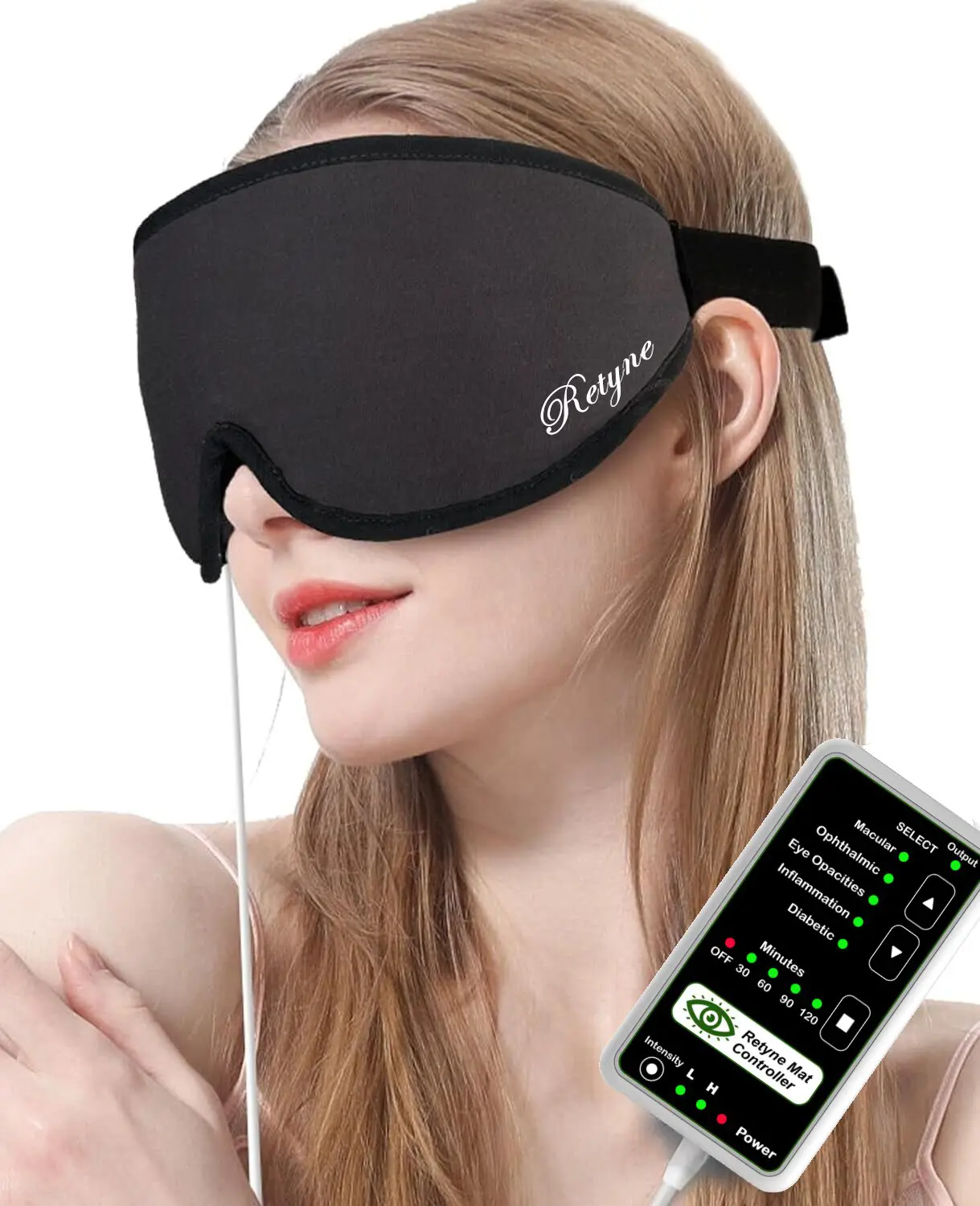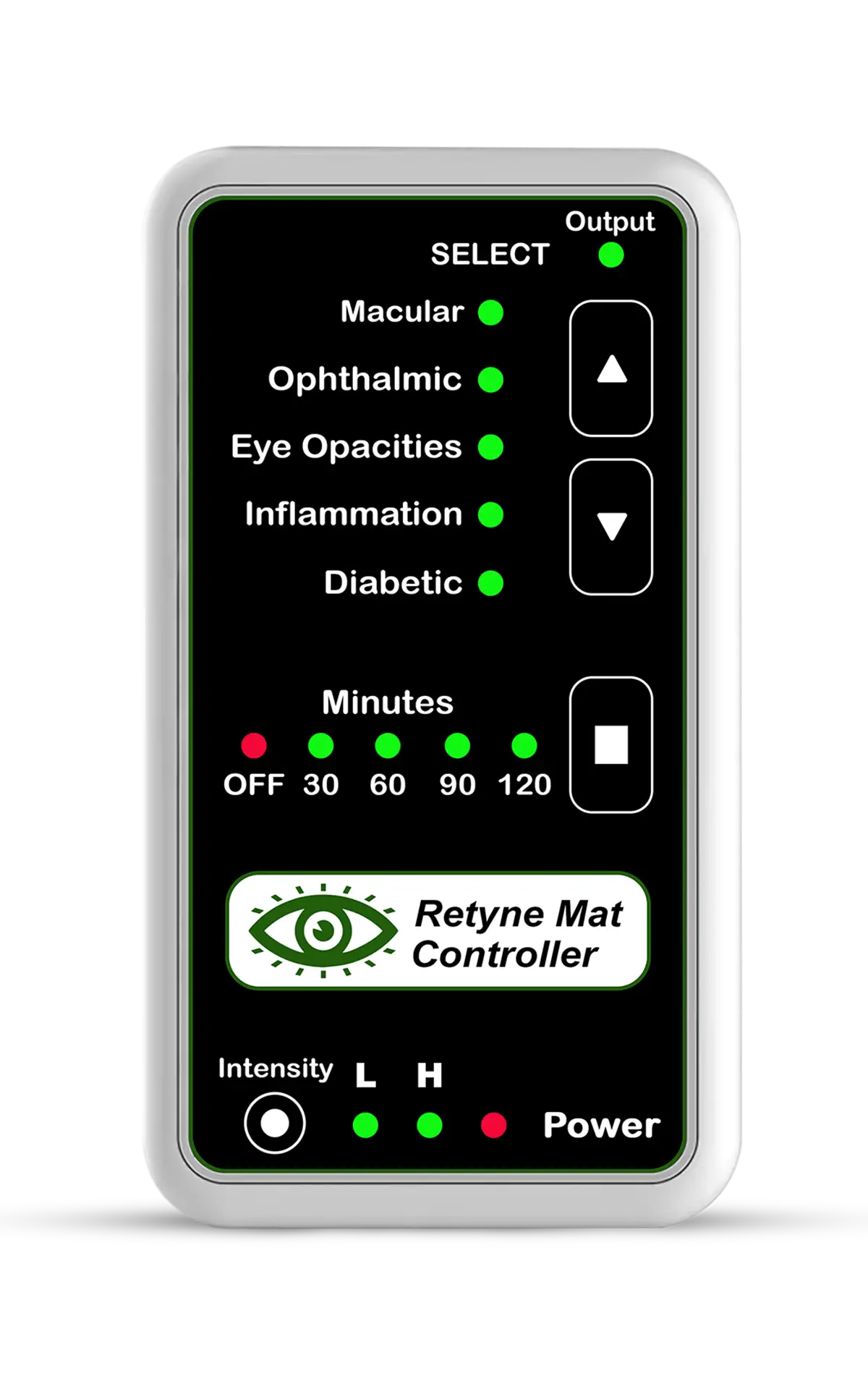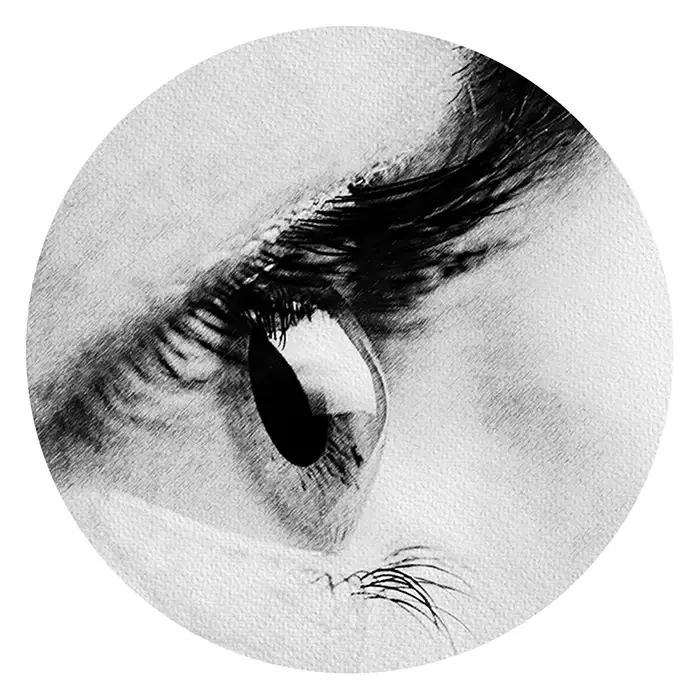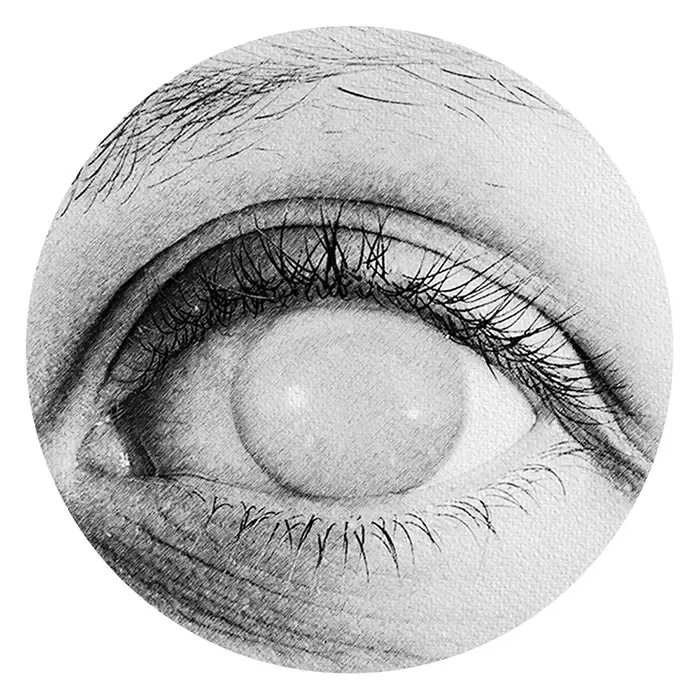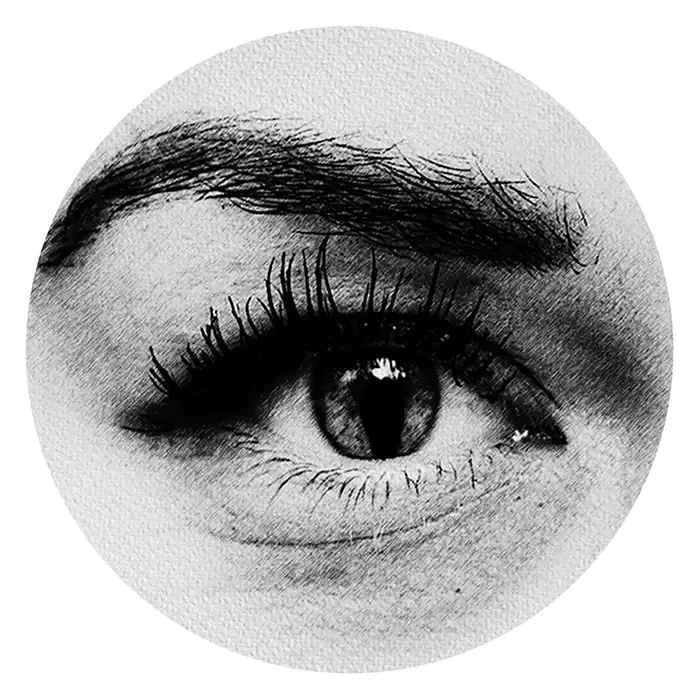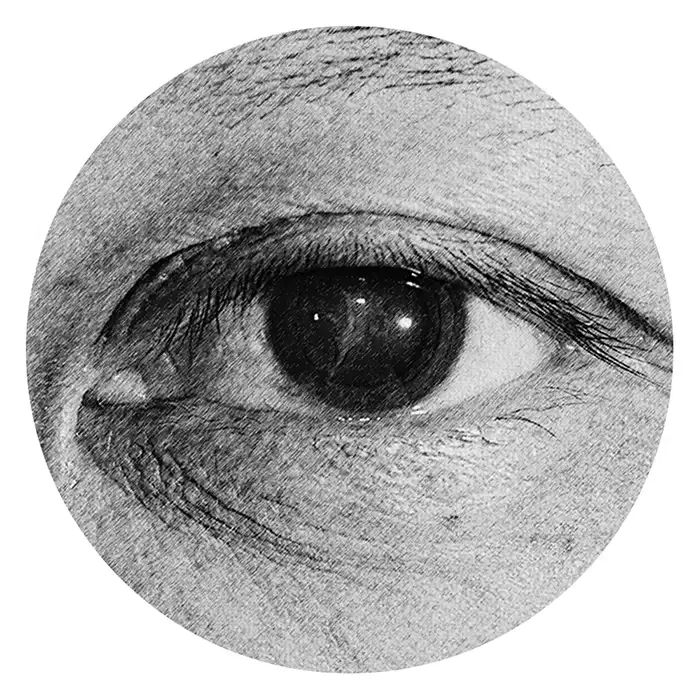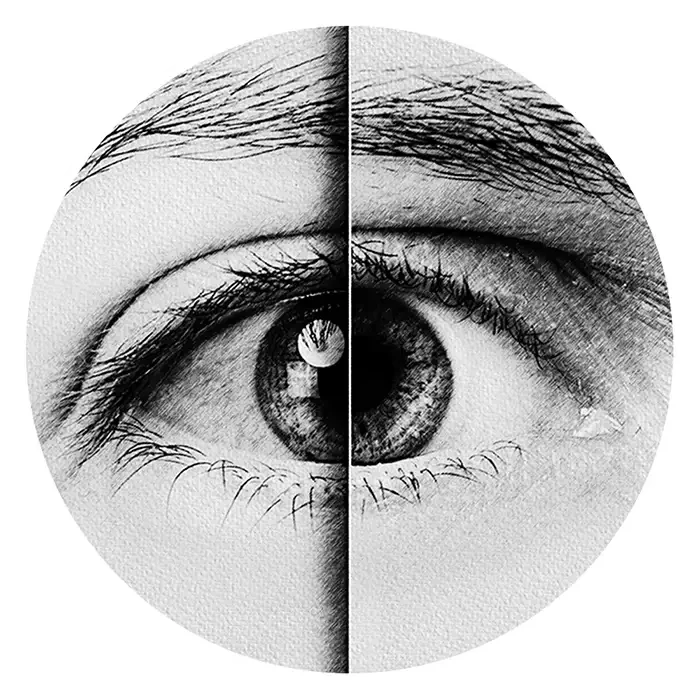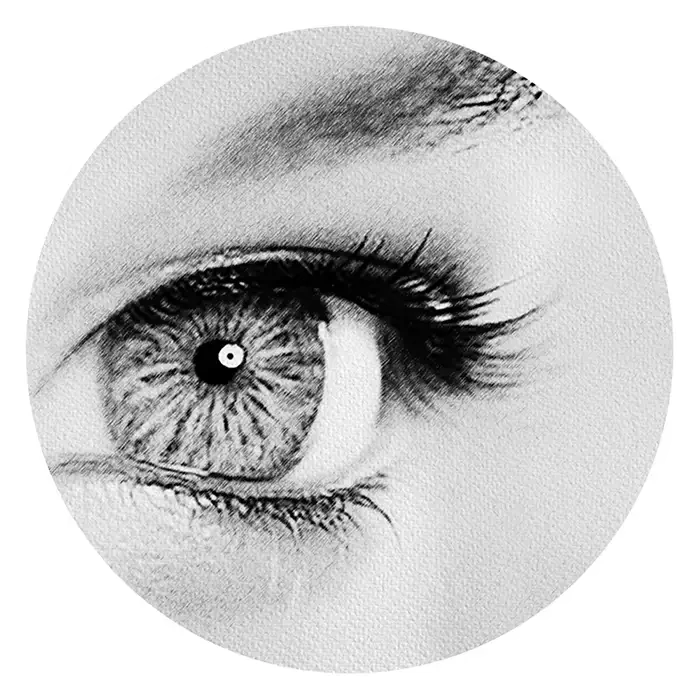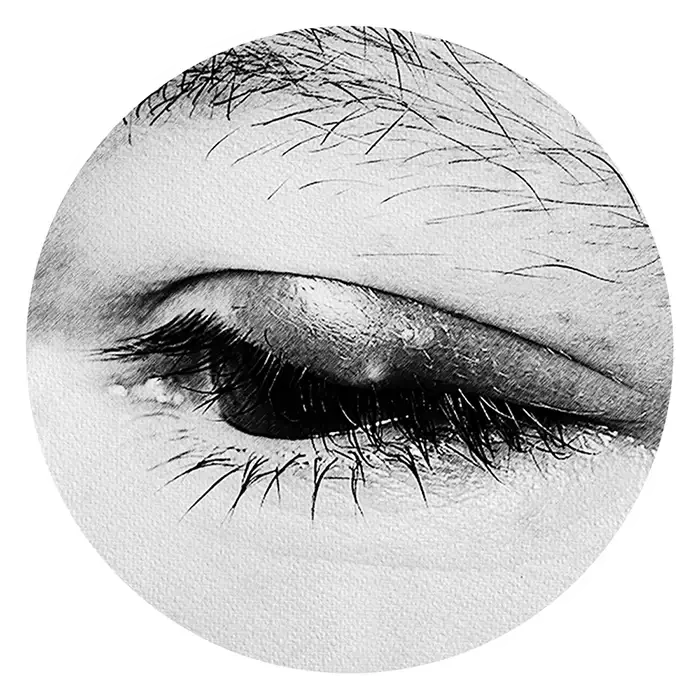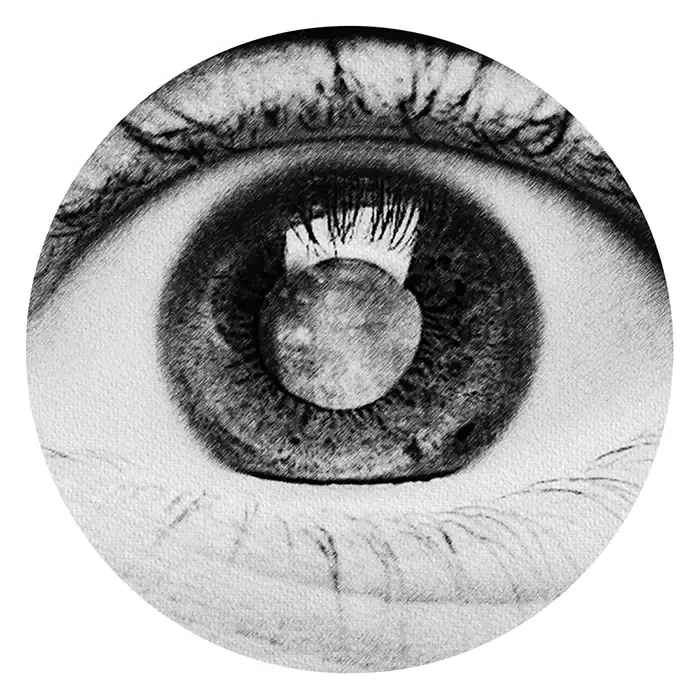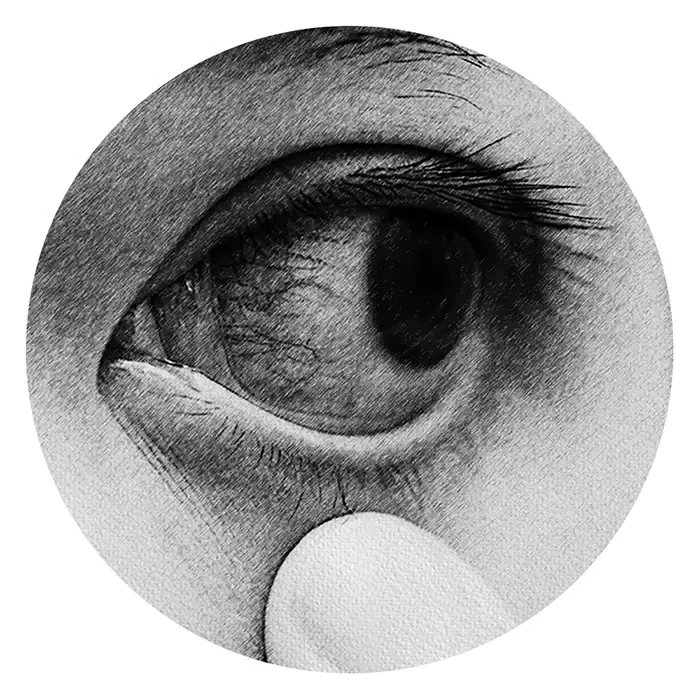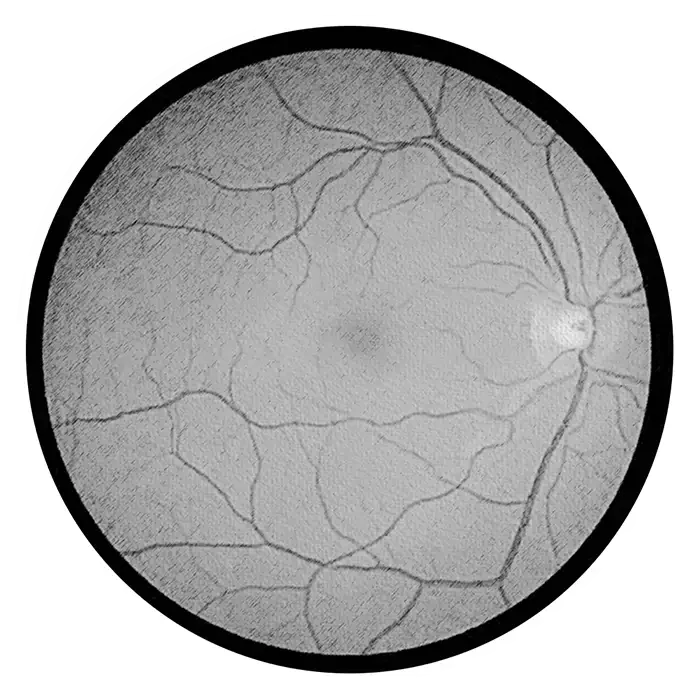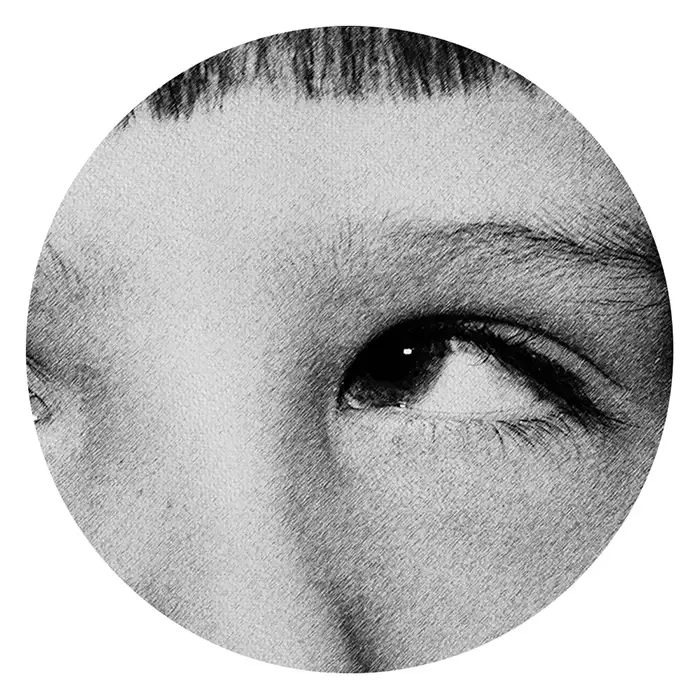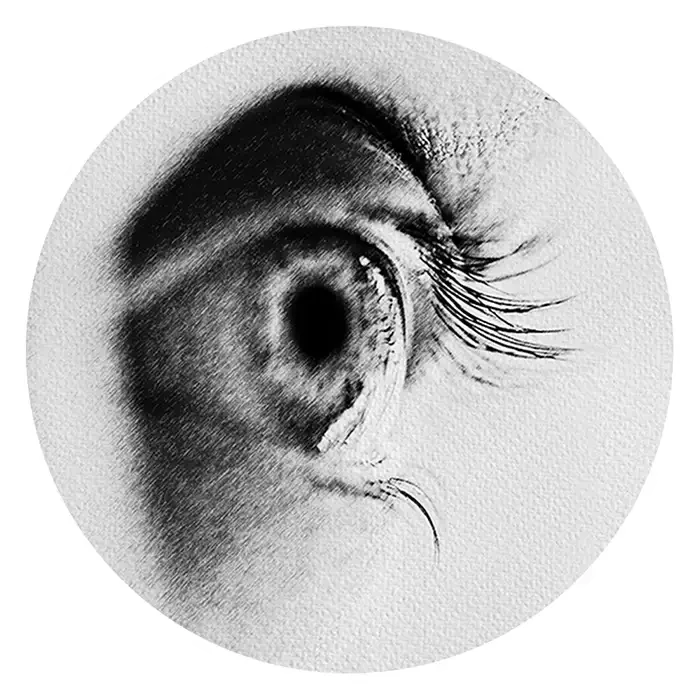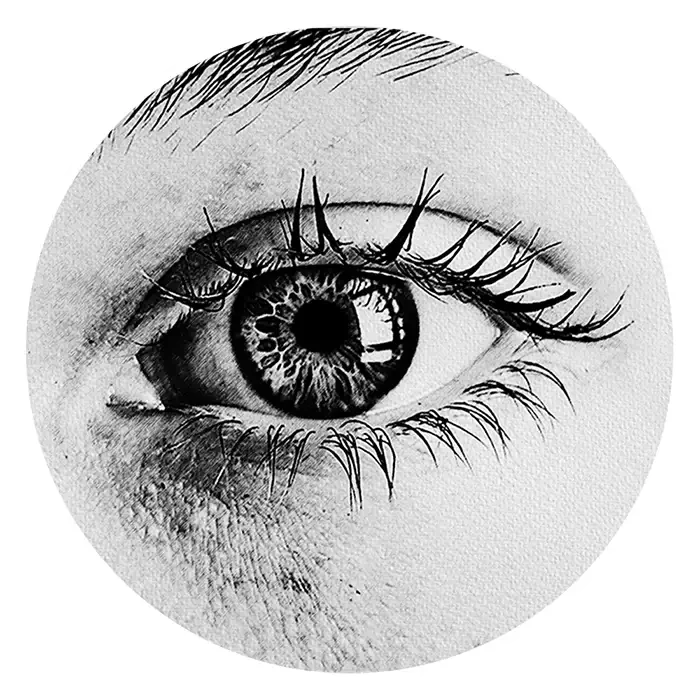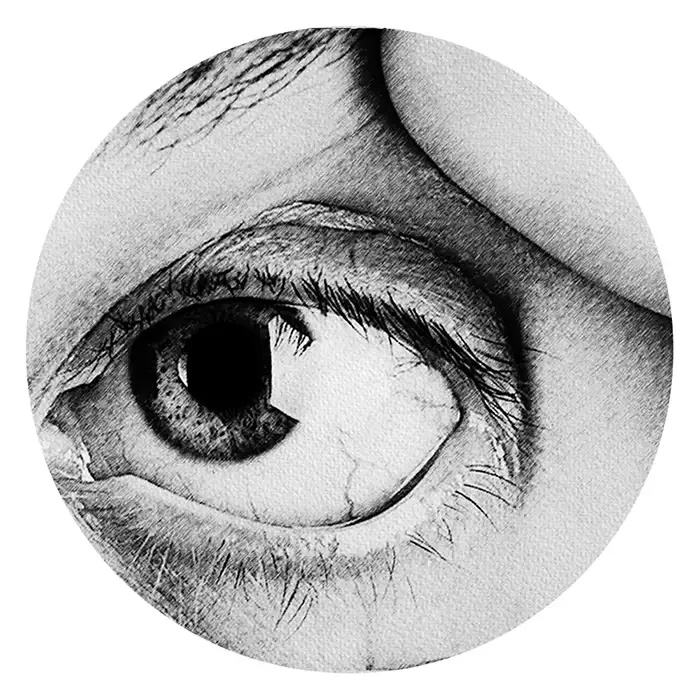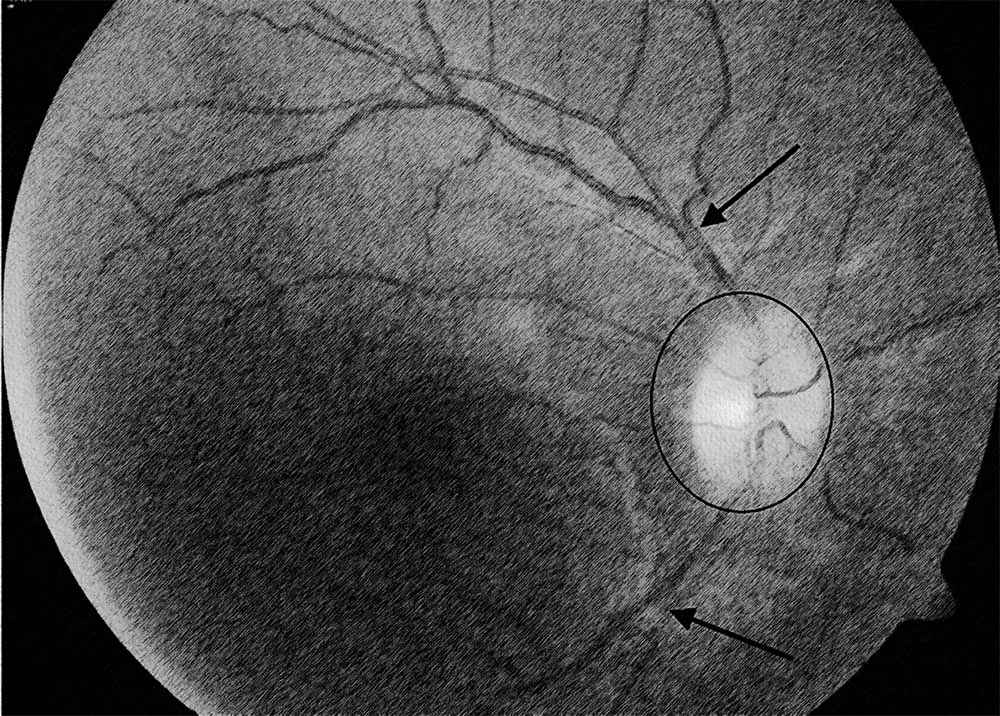
Treatment of Optic Nerve Glioma with Invisible Infrared Technology
Understanding Optic Nerve Glioma
Optic nerve glioma is a rare type of tumor that originates from the glial cells of the optic nerve, which is responsible for transmitting visual information from the eye to the brain. This condition primarily affects children and is often associated with neurofibromatosis type 1 (NF1), although it can also occur sporadically. Optic nerve gliomas can vary in size and aggressiveness, and they may cause vision loss or other neurological symptoms depending on their location and extent of growth.
Diagnosis and Classification
Diagnosing optic nerve glioma typically involves a combination of clinical evaluation, imaging studies, and sometimes biopsy. Magnetic resonance imaging (MRI) is the preferred imaging modality for assessing the size, location, and characteristics of the tumor. Optic nerve gliomas are classified based on factors such as their histological features, extent of invasion, and association with other neurofibromatosis-related tumors.
Optic Nerve Glioma and Neurological Eye Disorders
Optic nerve glioma is considered a neurological eye disorder due to its involvement of the optic nerve and its potential to cause visual impairment and other neurological deficits. The tumor can compress or infiltrate the optic nerve, leading to optic nerve dysfunction, visual field defects, and vision loss. In cases where optic nerve gliomas are associated with neurofibromatosis type 1, they may be part of a broader spectrum of neurocutaneous disorders involving the nervous system and the skin.
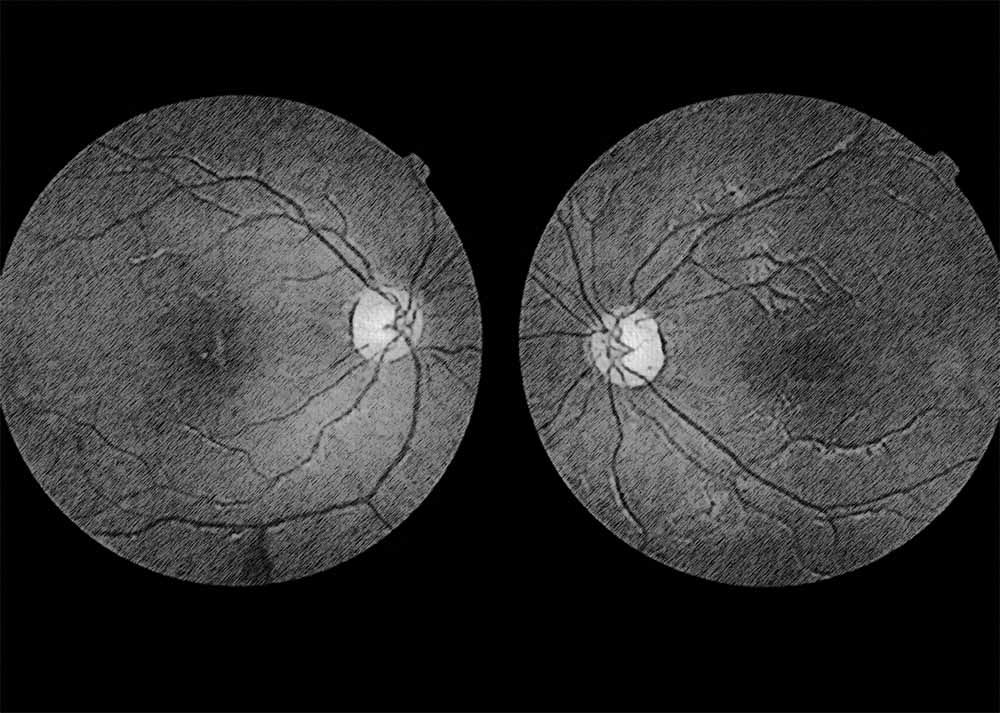
Treatment with the Retyne Infrared Eye Treatment Mask
The Retyne Infrared Eye Treatment Mask offers a non-invasive therapeutic approach for managing the symptoms of optic nerve glioma. Program #4 on the Retyne controller is specifically tailored to target neurological eye disorders like optic nerve glioma. By delivering focused invisible infrared light therapy directly to the affected eye(s), the Retyne mask aims to reduce inflammation, promote tissue repair, and alleviate symptoms associated with optic nerve compression or dysfunction.
Efficacy and Benefits
Infrared light therapy has shown promise in the treatment of various neurological conditions, including tumors affecting the optic nerve. By utilizing invisible infrared light therapy, the Retyne mask may help mitigate the symptoms of optic nerve glioma, such as vision loss, visual field defects, and optic nerve dysfunction. Additionally, infrared light therapy is well-tolerated and has minimal side effects, making it a safe adjunctive treatment option for optic nerve glioma, particularly in pediatric patients.
Optic nerve glioma represents a challenging clinical entity due to its potential to cause vision loss and other neurological deficits, especially in pediatric populations. However, with innovative treatment modalities like the Retyne Infrared Eye Treatment Mask, there is hope for improving outcomes and quality of life for individuals affected by this condition. By targeting the underlying pathology of optic nerve glioma with focused invisible infrared light therapy, the Retyne mask offers a non-invasive and potentially effective approach to managing symptoms and promoting neural recovery.
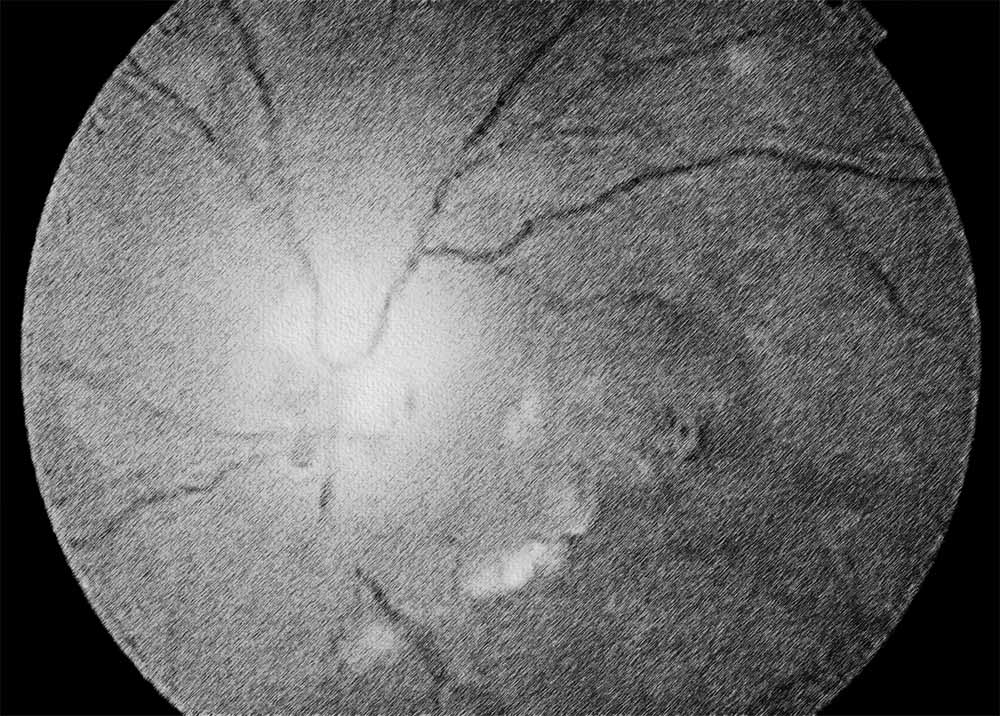
Drawing inspiration from the pioneering research of Dr. Rife, who unearthed the therapeutic potential of precise frequencies and harnessed light for their propagation, Retyne's methodology embraces contemporary insights into invisible infrared technology. By leveraging current advancements and building upon historical investigations into frequency-based light transmission, Retyne has developed the innovative Retyne Eye Treatment Mask. This cutting-edge device represents the synthesis of modern breakthroughs in visual healthcare, offering a comprehensive solution rooted in both tradition and progress.
Optic Nerve Glioma General set : 0.06, 0.5, 0.87, 12.85, 27.5, 141, 301.23, 453.02, 783.4, 825.03
Optic Nerve Glioma uses General group 1233 on the International ETDFL frequency list
On RDPV4 use specific group 2383: Oculomotor Nerve Diseases General: 0.17, 0.32, 0.95, 5.5, 32.5, 47.5, 162.12, 232.03, 397.5, 679.93
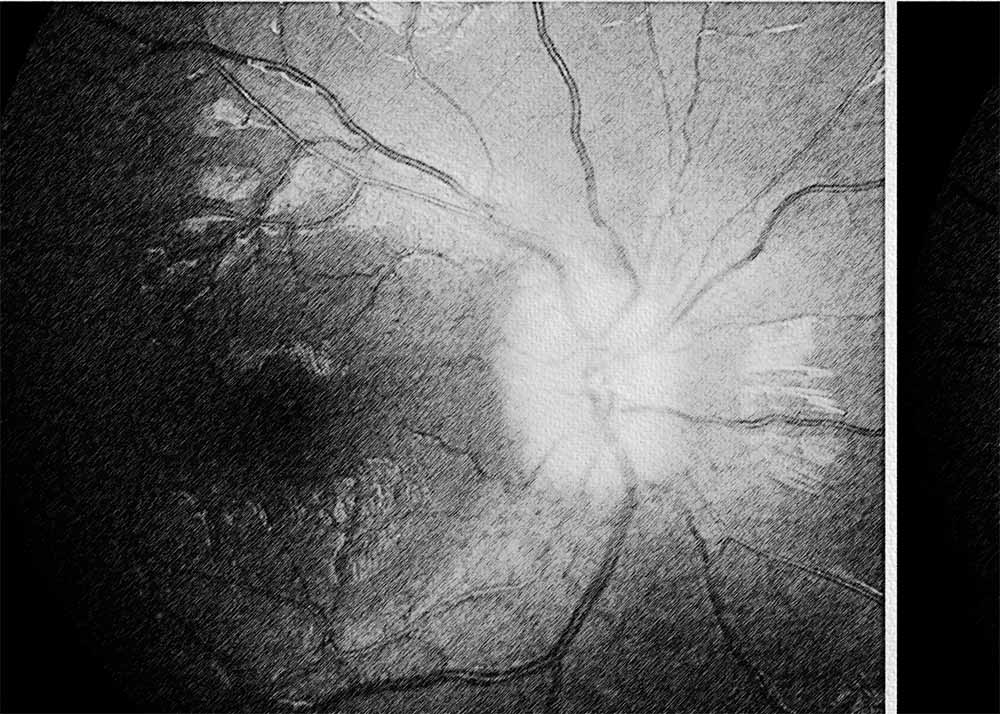
Compatibility
Standalone controller (Program #4) (Controller shipped with Retyne Eye Treatment Mask)
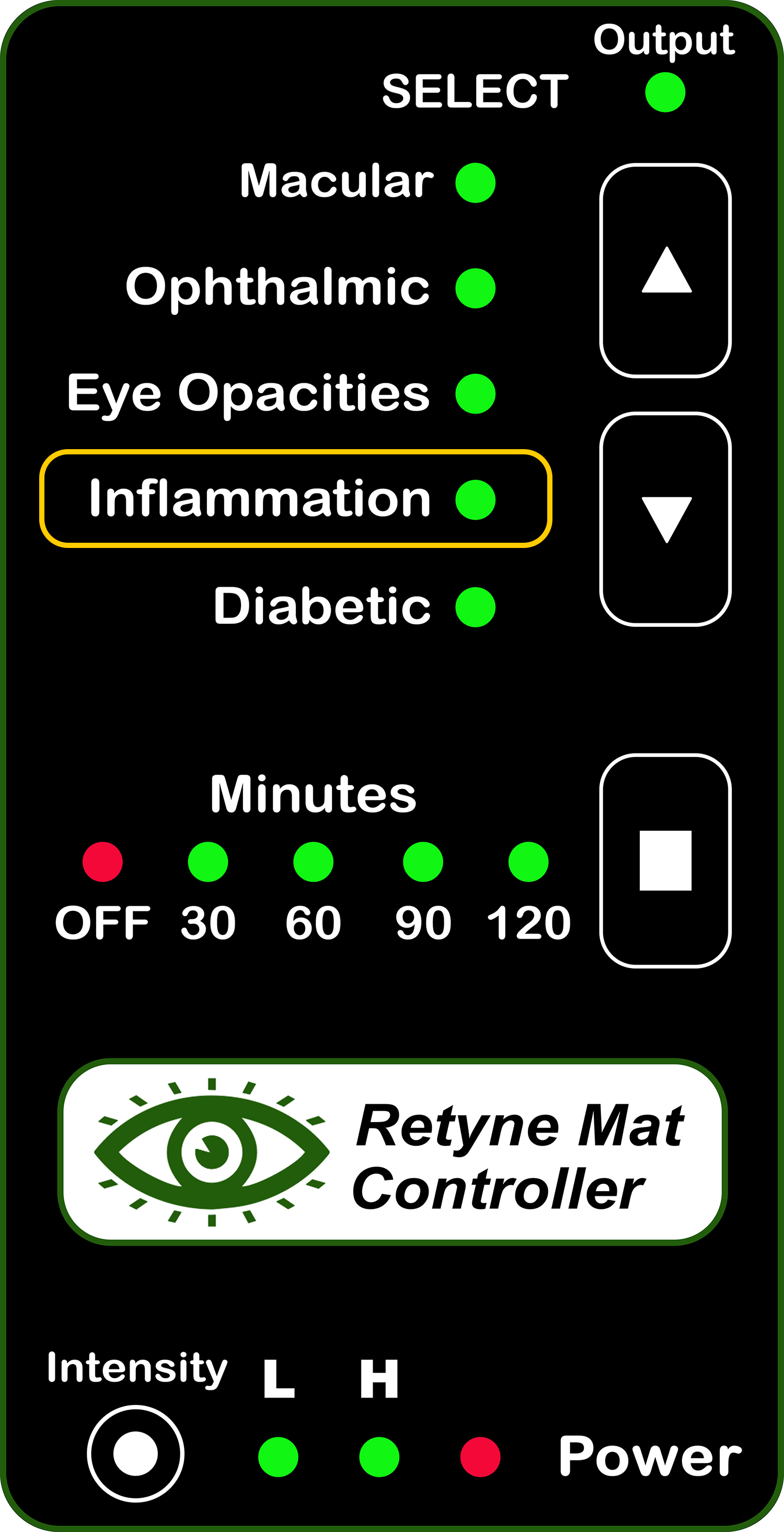
RDPV4 (Direct connect, use group 2383)
RDPV4 Light Mask Program button 4
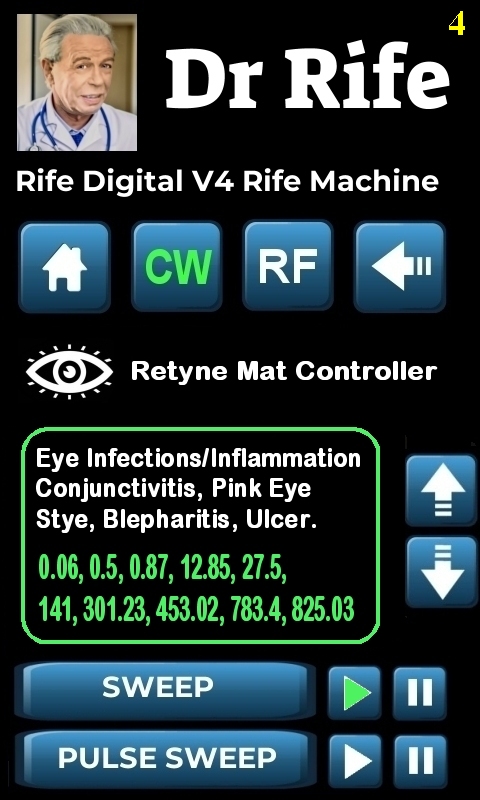
Click here for instructions on using the Retyne Mask + Controller
